Banh Tet is a traditional Vietnamese dish enjoyed during the Lunar New Year celebration. Made of sticky rice, mung beans, and pork, it is wrapped in banana leaves and boiled to perfection. To preserve its delicious taste and texture, proper storage is essential.
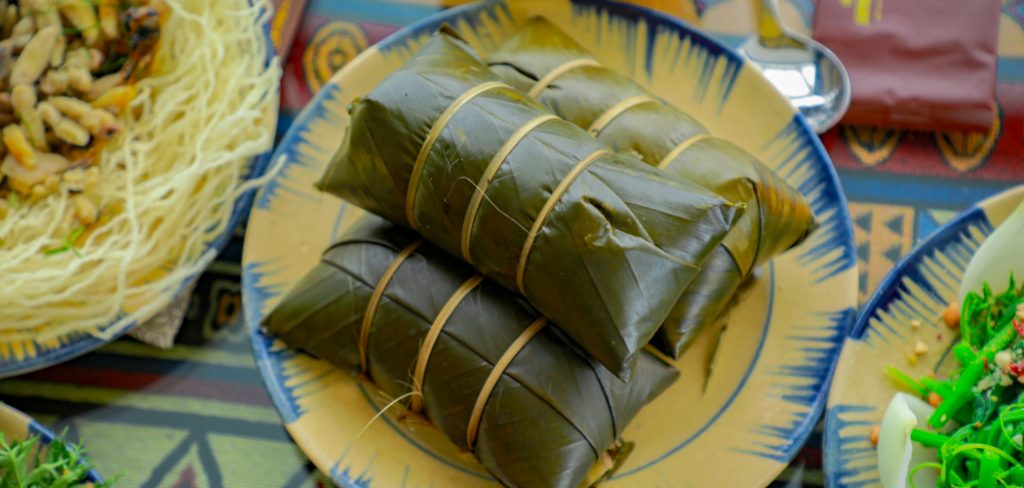
Whether you want to enjoy it fresh or keep it for later, knowing how to store Banh Tet correctly will ensure its quality and flavor remain intact.
Why Proper Storage is Essential
Proper storage is crucial to maintain the texture, flavor, and safety of Banh Tet. This dish contains perishable ingredients like pork and mung beans, which can spoil quickly if not stored correctly. Additionally, the sticky rice can dry out or harden if exposed to air for too long, losing its signature soft and chewy texture.
Improper storage can also lead to contamination or the growth of harmful bacteria, making the dish unsafe to eat. By storing Banh Tet properly, you can ensure its freshness and savor its authentic taste long after its preparation.
When Refrigeration is Necessary
Refrigeration is necessary if you plan to store Banh Tet for more than a day after it has been cooked. Once cooled, wrap the Banh Tet tightly in plastic wrap or aluminum foil to prevent it from drying out or absorbing other odors from the refrigerator. Place it in an airtight container for added protection. Properly refrigerated, Banh Tet can last up to one week while maintaining its flavor and texture.
To enjoy it later, you can reheat the Banh Tet by steaming or microwaving it, ensuring it regains its soft, chewy consistency. Always check for any signs of spoilage, such as an unusual smell or discoloration, before consuming refrigerated Banh Tet.
Common Storage Mistakes That Lead to Spoilage or Dryness
Storing Banh Tet improperly can lead to spoilage, loss of flavor, or dryness, which diminishes the enjoyment of this cherished dish. One common mistake is leaving it at room temperature for too long, especially in warm climates, as this encourages bacterial growth and accelerates spoilage. Another issue arises when the banana leaves are not tightly wrapped after cutting, allowing air to dry out the sticky rice and filling.
Additionally, using a refrigerator without first wrapping the Banh Tet securely in plastic wrap or aluminum foil can cause it to absorb odors from other foods, impacting its taste. Overfreezing is another mistake, as it can lead to freezer burn, resulting in a dry and unsavory texture when reheated. Proper handling and attention to storage methods are key to preserving this festive delicacy.
10 Methods How to Store Banh Tet
1. Room Temperature Storage for Short-Term Freshness
If you plan to consume Bánh Tét within a day or two, it can be kept at room temperature. Place it in a cool, dry area away from direct sunlight. Keeping it wrapped in its banana leaves helps retain moisture and prevents contamination. However, due to the presence of perishable fillings like pork or mung beans, this method is only suitable for short-term storage.
2. Refrigerating for Extended Freshness
To store Bánh Tét for a longer period, refrigeration is a reliable option. Once it has cooled to room temperature, wrap it tightly in plastic wrap or aluminum foil to prevent moisture loss. Place it in an airtight container to keep it from absorbing odors from other foods. Refrigerated Bánh Tét can last up to one week while maintaining its taste and texture.
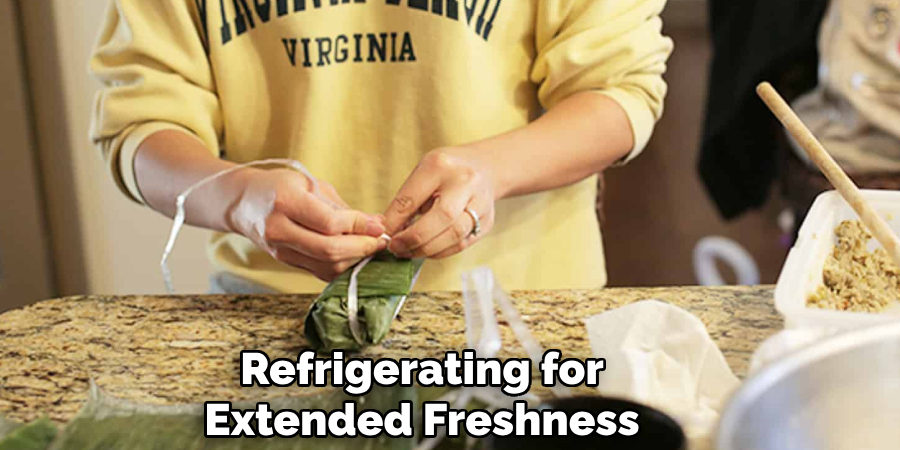
3. Freezing for Long-Term Preservation
For those who want to enjoy Bánh Tét weeks or even months later, freezing is the best option. After allowing it to cool completely, wrap it securely in multiple layers of plastic wrap followed by a layer of aluminum foil to prevent freezer burn. Store it in a freezer-safe bag or airtight container. When properly frozen, Bánh Tét can last for up to three months without losing its quality.
4. Vacuum Sealing for Maximum Freshness
Vacuum sealing is an effective technique to prolong the freshness of Bánh Tét while preserving its original flavor. By removing air, this method prevents oxidation and mold growth. Vacuum-sealed Bánh Tét can be kept in the refrigerator for up to two weeks or in the freezer for several months. When ready to eat, reheat it directly from frozen or thaw it in the refrigerator overnight.
5. Slicing and Storing Individual Portions
If you prefer convenience, consider slicing Bánh Tét into individual portions before storing it. Wrap each slice in plastic wrap and place them in an airtight container. This allows for easy reheating and portion control. Sliced portions can be refrigerated for up to five days or frozen for longer storage.
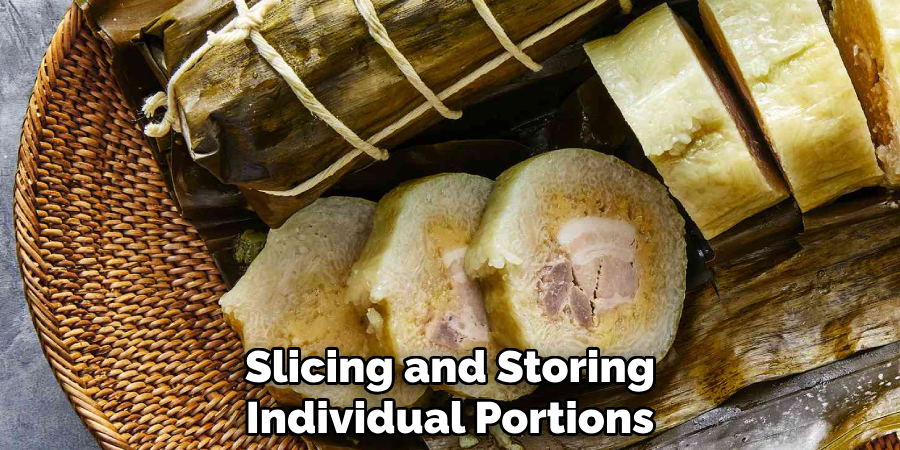
6. Using a Moist Cloth for Refrigerated Storage
To prevent Bánh Tét from drying out in the refrigerator, place a slightly damp cloth over it before wrapping it in plastic wrap or foil. This method helps maintain the softness of the sticky rice while preventing it from becoming too hard. Ensure the cloth is only slightly damp to avoid excessive moisture buildup that could lead to spoilage.
7. Reheating Before Consumption
Regardless of the storage method used, reheating is essential to restore Bánh Tét’s texture and flavor. The most common reheating methods include steaming, microwaving, and pan-frying. Steaming for 15–20 minutes helps retain moisture, while microwaving in short bursts with a damp paper towel prevents it from drying out. Pan-frying creates a crispy outer layer, offering a delicious variation.
8. Storing in Banana Leaves for Traditional Preservation
If you prefer a more traditional approach, keeping Bánh Tét wrapped in its banana leaves can help maintain its authenticity and moisture. Store it in a cool, dry place if consuming soon, or refrigerate it while wrapped in banana leaves to retain its natural aroma and texture. This method works best when combined with plastic wrap for additional protection.
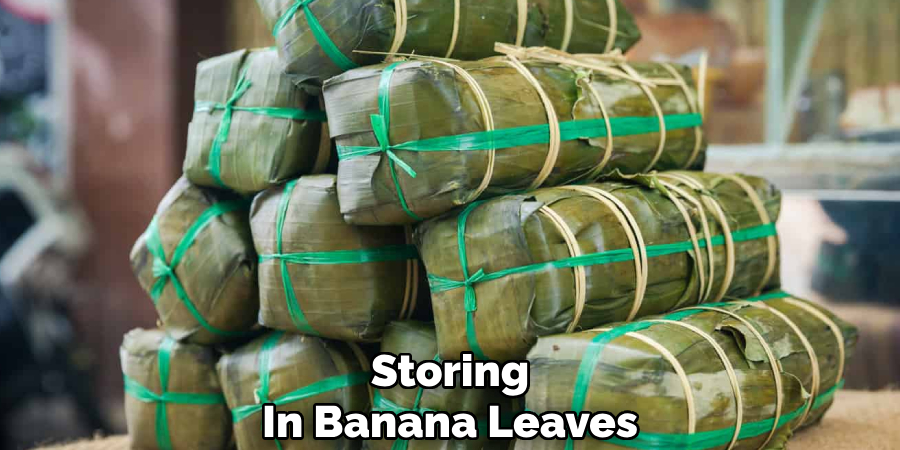
9. Preventing Mold Growth with Proper Airflow
Mold can develop on Bánh Tét if it is stored improperly, especially in humid environments. To prevent mold, ensure proper airflow around the wrapped cake by placing it on a perforated tray or drying rack. If mold does appear on the banana leaves, remove the affected outer layers before reheating, ensuring the inner portion is still safe to eat.
10. Checking for Spoilage Before Consumption
Before consuming stored Bánh Tét, inspect it for any signs of spoilage. If you notice an off smell, unusual texture, or mold growth beyond the outer leaves, discard it immediately. Proper storage methods significantly reduce the risk of spoilage, but always check before reheating and eating to ensure food safety.
How to Reheat Stored Banh Tet
Reheating Banh Tet properly is essential to restore its original soft, chewy texture and ensure it tastes as delicious as when freshly cooked. The most common reheating methods are steaming and microwaving. To steam Banh Tet, unwrap the banana leaves, slice the cake into portions if desired, and place them in a steaming basket. Allow it to steam for about 10–15 minutes or until thoroughly heated.
This method helps retain the dish’s moisture and flavor. Alternatively, you can use a microwave for convenience. Leave the plastic wrap or foil off and wrap the Banh Tet with damp paper towels to prevent it from drying out, then microwave on medium heat for 1–2 minutes, checking frequently to avoid overheating. Both methods will revive the classic texture and taste, allowing you to enjoy the dish just as if it were freshly made.
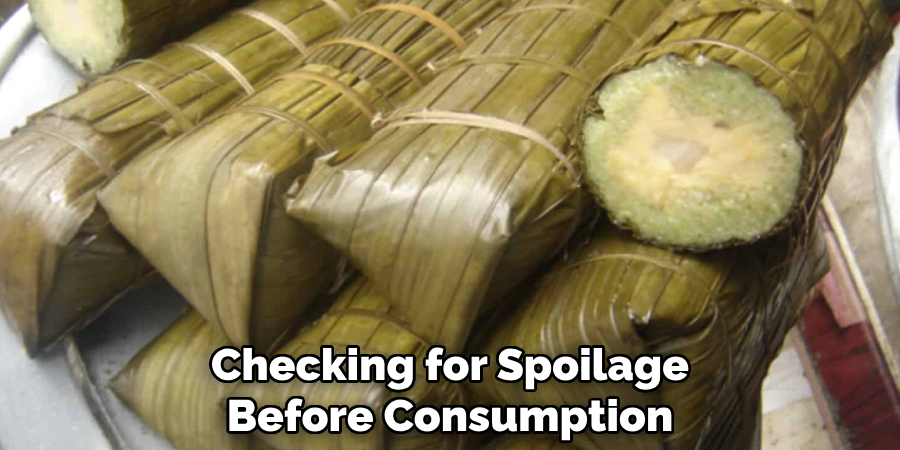
Common Storage Mistakes to Avoid
When preserving Bánh Tét, certain mistakes can compromise its quality, texture, and safety. Avoiding these common pitfalls will help ensure your Bánh Tét remains fresh and delicious:
1. Storing While Still Warm
Placing warm Bánh Tét in the refrigerator or freezer traps steam, leading to excess moisture and potential mold growth. Always allow the cake to cool completely to room temperature before wrapping and storing.
2. Using Insufficient Wrapping
Improper wrapping, such as loosely covering the cake, can result in moisture loss and exposure to air, which causes the sticky rice to dry out. Always ensure the cake is tightly wrapped in plastic wrap, foil, or vacuum-sealed for optimal freshness.
3. Neglecting Airtight Storage
Failing to use airtight containers for refrigerated or frozen storage may expose your Bánh Tét to odors from other foods or freezer burn. Store it in secure, airtight bags or containers to maintain its quality.
4. Skipping Inspection Before Storing
Leftover Bánh Tét with unnoticed spoilage signs, such as sour smells or discolored fillings, can further deteriorate during storage. Always inspect the cake for freshness before wrapping and storing it.
5. Reheating Improperly
Reheating Bánh Tét without protecting it from drying out, such as neglecting to use a damp cloth or paper towel, can make the rice tough and unappetizing. Proper reheating techniques are crucial for maintaining its texture and flavor.
Conclusion
Proper storage and reheating techniques are key to maintaining the freshness, flavor, and texture of Bánh Tét. By following the methods outlined above, you can extend the shelf life of this traditional delicacy while ensuring it remains as delicious as when freshly prepared.
Thanks for reading, and we hope this has given you some inspiration on how to store banh tet!
Professional Focus
Angela Ervin, a former interior designer turned blogger, specializes in kitchen design and renovations. Through her website, she blends her passion for cooking with design expertise, sharing practical and creative ideas. Known for balancing functionality and beauty, Angela’s insightful content has made her a trusted voice in home design and lifestyle.
About the Author
Angela Ervin, an experienced interior designer and blogger, combines her passion for kitchen renovations with storytelling. Living in Petersburg with her family, she enjoys cooking and testing her projects firsthand. Known for her humor and relatable style, Angela shares creative, functional design insights through her content, making her a trusted voice in home design.
Education History
University: Virginia Commonwealth University
Degree: Bachelor of Fine Arts (BFA) in Interior Design
- Angela’s education at VCU focused on mastering core interior design principles, including spatial planning, color theory, materials selection, and sustainable design practices.
- She gained hands-on experience through studio projects and collaborative design exercises, which honed her ability to create functional and aesthetically pleasing environments.
- Her coursework also emphasized problem-solving and practical applications of design, preparing her for real-world projects like her self-directed kitchen renovations.
- The program’s strong foundation in both technical skills and creative expression shaped Angela’s ability to seamlessly integrate form and function in her work.


